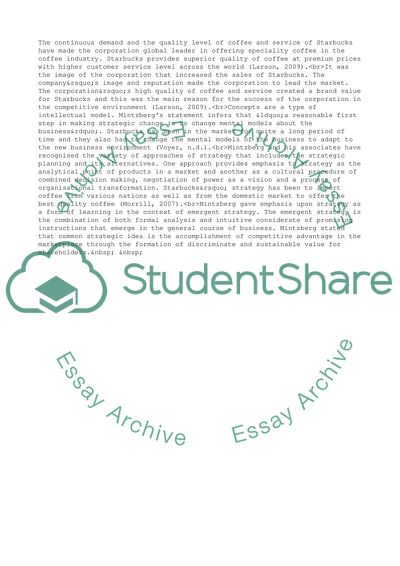Cite this document
(Strategic Management of Starbucks Coffee Company Research Paper - 1, n.d.)
Strategic Management of Starbucks Coffee Company Research Paper - 1. Retrieved from https://studentshare.org/management/1745599-strategic-management
Strategic Management of Starbucks Coffee Company Research Paper - 1. Retrieved from https://studentshare.org/management/1745599-strategic-management
(Strategic Management of Starbucks Coffee Company Research Paper - 1)
Strategic Management of Starbucks Coffee Company Research Paper - 1. https://studentshare.org/management/1745599-strategic-management.
Strategic Management of Starbucks Coffee Company Research Paper - 1. https://studentshare.org/management/1745599-strategic-management.
“Strategic Management of Starbucks Coffee Company Research Paper - 1”, n.d. https://studentshare.org/management/1745599-strategic-management.


